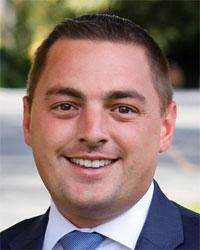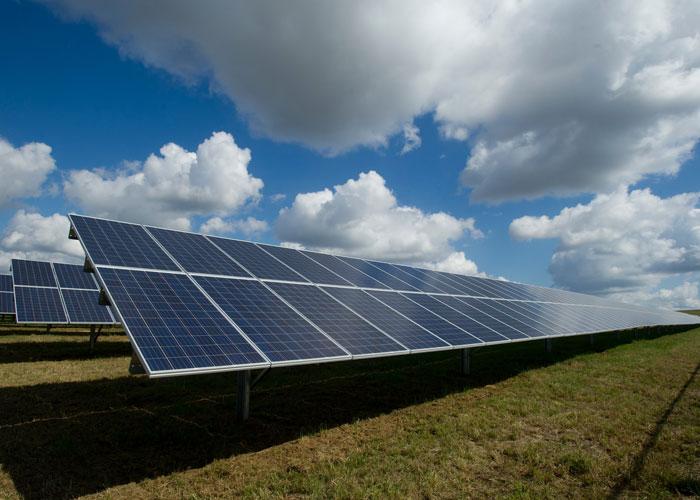
EDITORIAL: To achieve climate goals, we need a balanced approach that prioritizes host communities
By Michael Martucci, Publisher
On August 1st, State Comptroller Tom DiNapoli’s office became the latest public official to declare what renewable developers already knew: that we will never reach our shared climate goals at our current pace. The report found that generators of renewable energy would need to produce an additional 78,073-gigawatt hours above 2022 levels — an increase of over 200 percent–to reach the statutory goal of providing 70 percent of the state’s energy capacity from green sources by 2030.
Some have taken this as an opportunity to say we should pull back or eliminate our climate goals. Others have rightly raised concerns about grid reliability. However, no one has placed the blame where it belongs, on the New York State Energy Research and Development Authority (NYSERDA), or offered any viable solutions for solving the problem.
Whatever we may think of the state’s energy goals and the Climate and Community Leadership Protection Act that spawned them, they are not going away. According to recent polling, more than three out of four New Yorkers said that climate change is a serious problem, 74 percent supported efforts to reduce greenhouse gas emissions, and another 74 percent said they would be willing to personally change aspects of their life to reduce those emissions. With so much widespread support and $6.7 billion in allocated funding from NYSERDA for subsidies, why is the deployment of renewable energy in New York moving at such a snail’s pace?
There are two reasons, poor historical performance by NYSERDA and a lack of motivation in many communities to host large-scale solar and wind projects.
As of March, only 27 of 57 large scale renewables (LSR) solar and energy storage projects that were proposed were connected to the grid. Additionally, only eight of the 120 LSR onshore and offshore wind projects awarded in 2017 are operational.
The problem is that while money is committed by NYSERDA to a project that is “in the pipeline” it doesn’t mean that project will ever be built. In the meantime, other developers with a proven track record of getting steel in the ground are starved of the funding that is hung up “in the cue.” At its current pace, NYSERDA is holding on to billions in ratepayer money and building only about 3.5 percent of those projects in any given year. Just 6 percent of our energy load currently comes from wind and solar. Estimates by the clean energy group RMI find that at this slow pace, New York will miss its 2030 goal by about 33 percent. This is simply unacceptable, in fact, it’s ratepayer abuse.
How then do we fix this? First, NYSERDA needs a performance audit and greater oversite by the legislature. Their leadership should be called to the carpet for holding ratepayer money and sorely underperforming on the state’s goals.
Second, we need to overcome local opposition to projects. Most installations happen upstate, where residents are concerned about maintaining community character and protecting the tax base.
There are solutions to these problems. First, we need to focus on offering upstate communities a carrot and not a stick. Forcing development will only promote bitterness and exponentially increase local anger and opposition. Instead, we need to provide incentives to local taxpayers. One solution is to exempt payments in lieu of taxes (PILOT’s) from the state tax cap calculation as it relates to renewable energy. This would have the effect of putting money directly into the pocket of a municipality. Another solution is to piggyback off the STAR program and provide direct taxpayer rebates to homeowners in towns and villages that agree to host large-scale solar projects. This kind of direct benefit would not only enhance deployment but also provide much-needed tax relief for our citizens.
To make sure ratepayer dollars are being spent to meet our climate goals expeditiously and to ensure we meet our economic goals as well, we need to focus on smarter solutions to the clean energy conundrum. Thinking outside the box is a way to protect ratepayers while still reaching our 2030 energy goals. Let’s show the country that New York really can walk and chew gum at the same time.
(Michael Martucci is the Publisher of Mid-Hudson News. He is a former New York State Senator and a successful businessman. His editorial comments do not reflect the opinions of Mid-Hudson News advertisers.)








